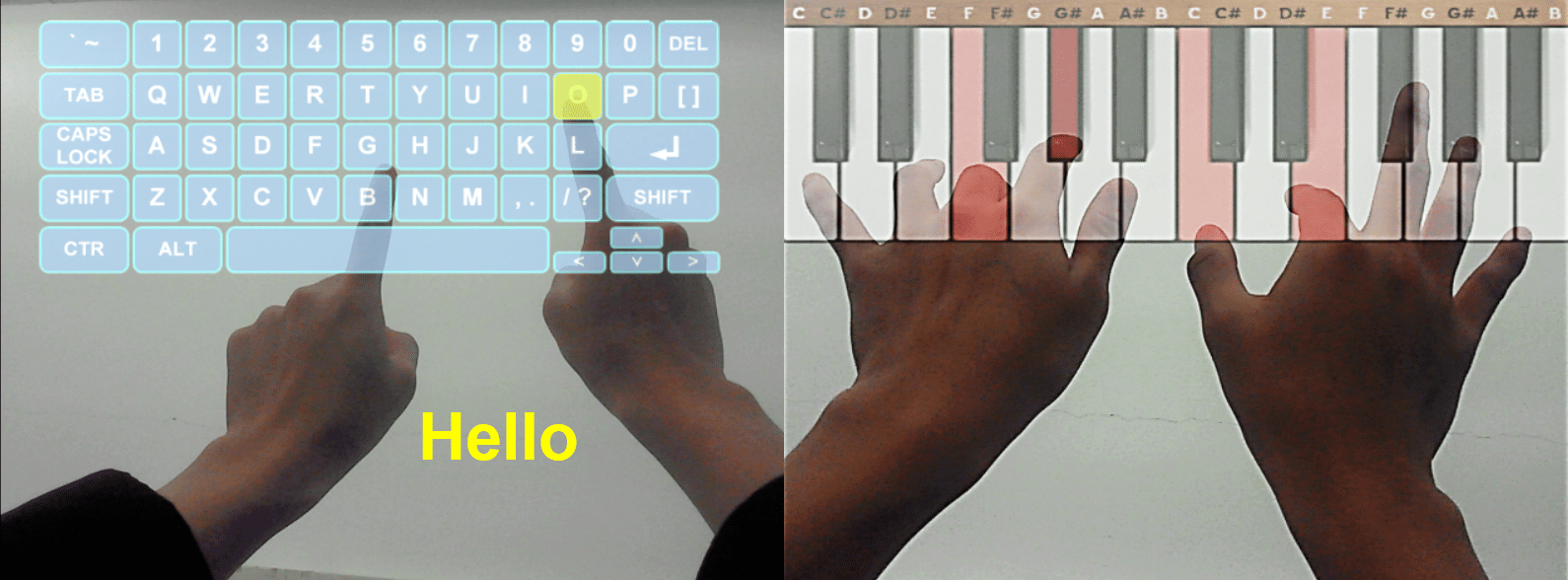Meet K Glass 3
Scientists from the Korea Advanced Institute of Science and Technology (KAIST) have developed a stronger version of the smart glass. They have unveiled K Glass 3 smart glasses to allow users to type in keywords for internet browsing or text a message by providing a virtual keyword for text and also one for a piano.
KAIST team has upgraded its K-Glass smart glasses with augmented reality. It comes equipped with a stereo camera, dual microphones, eight batteries, and a Wi-Fi module to provide high recognition accuracy and enhanced augmented reality experiences as compared to the previous models. It has low-power natural UI and UX processor composed of a pre-processing core to implement stereo vision. The deep-learning cores accelerate real-time scene recognition within 33ms.
The stereo-vision camera works in a manner similar to 3D sensing in human vision. It is situated on the front of K Glass 3. The two lenses of camera are displayed horizontally from one another just like depth perception produced by left and right eyes. The camera’s vision algorithm has an energy efficiency of 20 milliwatts on average, letting it work in the Glass over 24 hours.
Some HMDs such as Google Glass use a touch panel and voice commands as an interface but are considered merely an extension of smartphones. As a solution, Professor Hoi-Jun Hoo and his team developed K Glass 3. Professor Hoi-Jun Yoo said, “We have succeeded in fabricating a low-power multi-core processer that consumes only 126.1 milliwatts of power with a high efficiency rate. It is essential to develop a smaller, lighter, and low-power processor if we want to incorporate the widespread use of smart glasses and wearable devices into everyday life. K-Glass 3’s more intuitive UI and convenient UX permit users to enjoy enhanced AR experiences such as a keyboard or a better, more responsive mouse.”

The research team at KAIST has adopted deep-learning-multi core technology dedicated for mobile devices. It has greatly improved the recognition accuracy of the Glass with images and speech. Also, its multi-core processor is advanced enough to become idle on detecting no motion from the users. It is capable of executing complex deep-learning algorithms within minimal power. These upgraded smart glasses with a low-power multicore processor and deep-learning algorithms make the user interface and experience more intuitive.
You can also check out details daqri smart helmet here.
Share your thoughts on the story in the comments.






